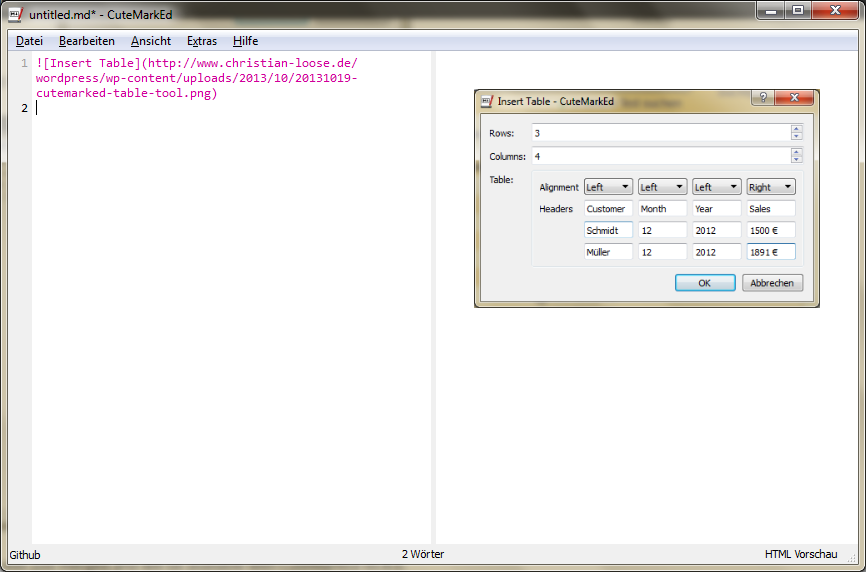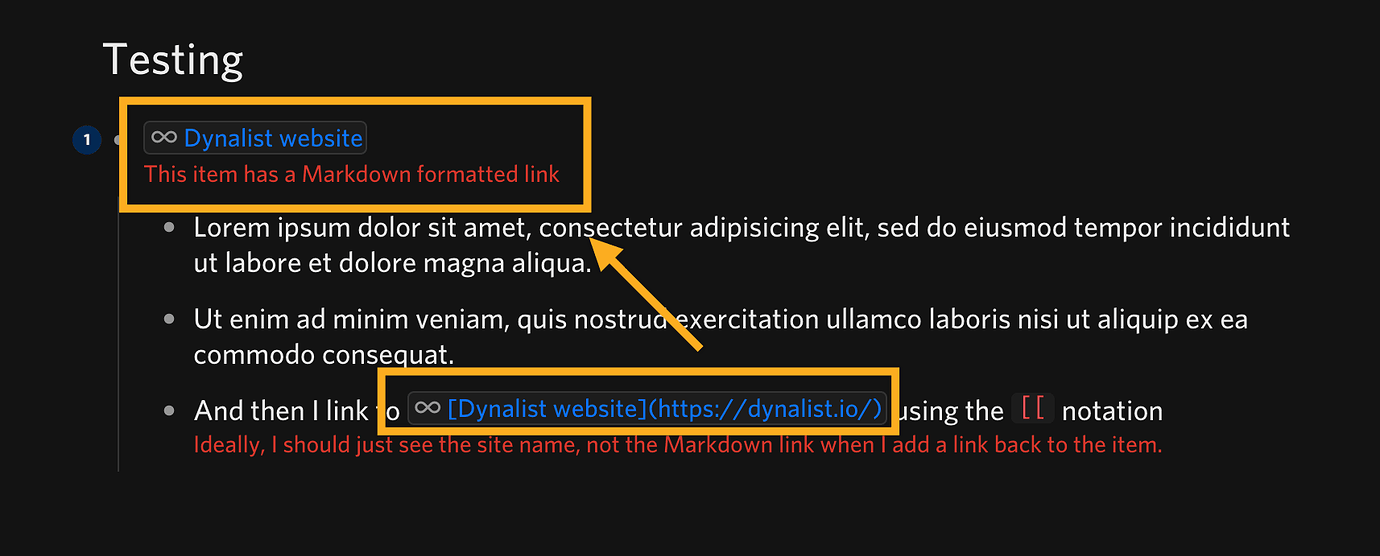
(#141-database-server)Īll above indented lists would successfully link to the following headers in GitHub markdown (headers fail to link in SO-flavored markdown for some reason) - # 1.

Without the blank entry your following lines remain stuck at the 3rd blockquote indent level.Ĭontrast that with bulleted lists which "just work" using only spaces or tabs as indent markers - # Table of Contents Can't render it here without SO's linter complaining about unformatted code. Results in a nicely rendered TOC on GitHub. Instead the best solution I could find is using > to format with nested blockquotes. (#11-minimum-system-requirements)įor general multi-level numbered lists containing 3 or more indent levels, the list fails to indent further at levels 3 or higher (such as 1.3.2.). Each TOC entry contains a link to a header in the format (#-url-formatted-name-of-header)įor the simple case of 2 indent levels, 1. In my case I was looking for a TOC solution without Pandoc. In addition to headers within the document, you can provide labels for images and tables which can then be used for cross-references as well. If you have already defined an anchor using the same id that is used by a header, then the defined anchor takes precedence. HTML is one member of the family of markup.

Traditionally, to format text on web pages, people used Hypertext Markup Language, better known as HTML. Markdown is a syntaxor, set of rulesthat formats text on web pages. This works with atx- or settext-style headers. When you add bold, italics, numbered lists, bullet points, headings, and so on to text, you’re formatting it. This allows you to use to refer to this section specifically, and not another section named Overview. To this aim, I added the ability to interpret as a cross-link, if a header named “Some Text” exists.Īs an example, will take you to # Metadata (or any of # Metadata, # Metadata, # Metadata, # Metadata, # Metadata).Īlternatively, you can include an optional label of your choosing to help disambiguate cases where multiple headers have the same title: Cross-ReferencesĪn oft-requested feature was the ability to have Markdown automatically handle within-document links as easily as it handled external links. Read more here: MultiMarkdown-5 Cross-references. In MultiMarkdown the syntax for an internal link is simple.įor any heading in the document simply give the heading name in this format to create an internal link. Since MultiMarkdown was mentioned as an option in comments. meaning that writing or compiling MarkDown files from templates either requires targeting one way of slugifeing, or adding configurations and scripted logic for the various clever ways that places like to clean the heading's text.

where as vanilla sanitation would result in an id of. on GitHub will have an element with id such as. MarkDown rendering differs from place to place, so things like. (#alt-textbadge_examplehttpsexamplecom-to-somewhere) Just in case someone was wondering how images and other links within a heading is parsed into an id. see gist(from rxaviers) if using'em is of interest there.Īnd for just about everywhere else decimal or hexadecimal can be used for modern browsers the cheat-sheet from w3schools is purdy handy, especially if using CSS ::before or ::after pseudo-elements with symbols is more your style. GitHub supports the :word: syntax in commits, readme files, etc. things like #,, &, and : within heading strings are generally are ignored/striped instead of escaped, and one can also use citation style links to make quick use easier. Here _`:gear:`_ is not something like ⚙ or ⛭ Words for those short on time or attention. Some additional things to keep in mind if ya ever get fancy with symbols within headings that ya want to navigate to.

Soon, though, the downside of pleasure was revealed. The earliest attempts at attaining true happiness of course aimed at pleasure. In this blog post we propose to solve it. Many have posed the question of true happiness. Will yield this as the body of the html: So with the command pandoc -toc happiness.txt -o happiness.html It is similar with the other formats pandoc writes, like LaTeX, rtf, rst, etc. One could, of course, search for “ …” and then prepend an ! to each match.In pandoc, if you use the option -toc in producing html, a table of contents will be produced with links to the sections, and back to the table of contents from the section headings. after inserting the item link? Not so easily, I’d say. Will a service or quick action like below is possible to add the ‘!’ exclamation mark?Īfter the fact, i.e.


 0 kommentar(er)
0 kommentar(er)
